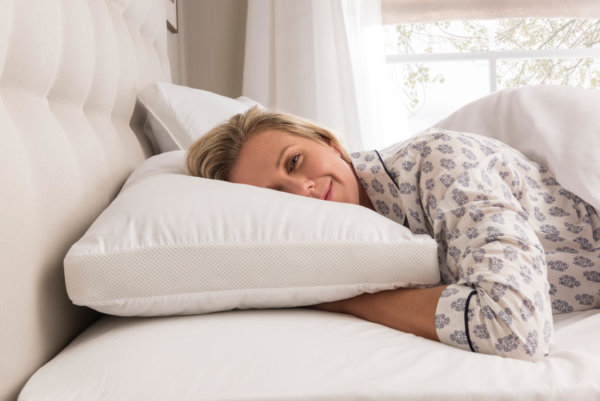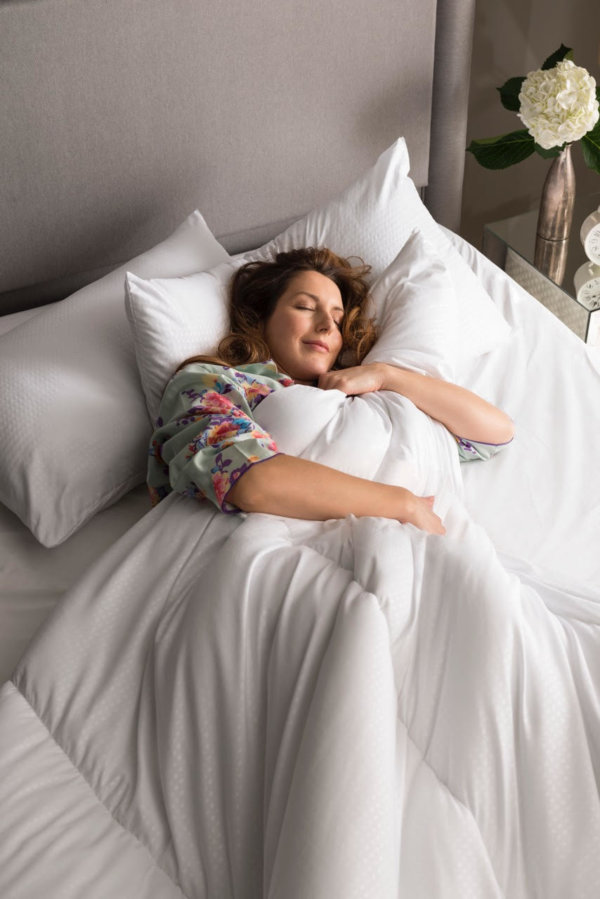Science-backed tips for choosing the right pillow for you

You lay your head on it every night and probably don’t give it a second thought. But did you know that your pillow can have a huge effect on the quality of your sleep – and your day? An ill-fitting pillow can trigger or worsen headaches, neck pain and arm numbness.
We all sleep differently, so it’s important to put a little science into it when choosing the right pillow for you. We’ve spoken to Angela Moran, product category director at Silentnight, to get some top tips:
“There are literally hundreds of different types of pillow on the market,” says Angela. “This might seem a lot, but we are all unique and have different needs from our pillow. If you choose correctly, you could greatly improve the quality of your sleep.”

Here are Angela’s five top tips to consider when choosing your next pillow:
1) What position do you sleep in?
It’s important to choose the right pillow depending on how you sleep. Front sleepers should choose a softer pillow which will mould to support the head and neck. Side and back sleepers should use firmer pillows, to keep the head supported and the spine aligned. The key is to keep your head in neutral alignment, meaning that it is not too far back or too far forward.

2) Do you have allergies?
25% of all allergies and 50% of all asthmatic conditions are directly attributable to the allergens the house dustmite produces, which are particularly found in beds and bedding. Anti-allergy hollowfibre bedding is your best bet as it actively prevents dustmites and can be easily washed and dried at home.
3) Do you overheat in bed?
Technological advancements mean some hollowfibre products can actively wick away sweat. There are pillows that contain gel layers to keep the head cool at night. Avoid memory foam as it responds well to body heat.
4) Do you wake up with a sore neck or head?
This could be do to the material in your pillow. You might need a firmer pillow so look into Memory foam, Geltex or Latex pillows – these provide additional support to keep your head in the right position.
5) How long will you use the pillow for?

Pillows have a lifespan of approximately three years, then it’s best to change them. You can maintain most pillows by washing them every two to three months and giving it a spin in the dryer every month. This restores its shape and kills any dustmites. We really do advise this – as without washing, one third of your pillow could be mite droppings and dead skin – after just a few months!
